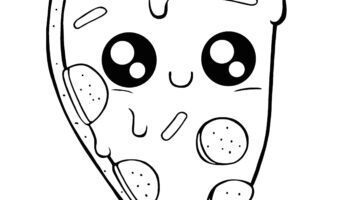Equine coat pigmentation, determined by a complex interplay of genetic factors, results in a diverse array of visible characteristics. These physical attributes are frequently utilized for identification and classification within specific breeds and disciplines. The genetic underpinnings of these characteristics are subject to continuous research, revealing intricate relationships between specific genes and the expression of particular traits. Variations in melanin production, influenced by genes such as MC1R (melanocortin 1 receptor) and ASIP (agouti signaling protein), are primary determinants of base coat hues like black, chestnut, and bay. The presence or absence of dilution genes, such as those responsible for palomino, buckskin, and cremello, further modifies these base colors, creating a spectrum of aesthetically distinct appearances. Understanding these mechanisms enables breeders to predict coat inheritance patterns, allowing for informed decisions in breeding programs aimed at maintaining or establishing certain characteristics within a population. These genetic variations influence everything from solid colored coats to distinct patterns.
The significance of understanding coat characteristics extends beyond mere aesthetic appeal. Historically, these traits played a role in breed selection, with specific types favored for particular tasks or environments. For instance, lighter-colored horses were often preferred in warmer climates due to their ability to reflect sunlight, while darker-colored individuals might have been favored in colder climates for their increased heat absorption. The perceived association of certain coat variations with temperament or physical stamina, although largely based on anecdotal evidence, also contributed to breed development and utilization. Furthermore, these variations serves as an important identifier. Breed registries often require detailed descriptions, including specific coat characteristics, for accurate identification and pedigree documentation. This information is crucial for maintaining breed integrity and preventing the misrepresentation of individual animals.
Beyond breed identification and historical context, the study of equine pigmentation patterns offers valuable insights into broader genetic principles. Research in this area contributes to a deeper understanding of gene interaction, mutation, and the mechanisms that govern phenotypic expression. Moreover, the identification of specific genes responsible for particular coat types can have implications for understanding similar genetic mechanisms in other species, including humans. The investigation of these coat characteristics also extends into the realm of animal welfare. Certain conditions, such as photosensitization, are linked to specific variations and melanin distribution, highlighting the importance of understanding potential health implications associated with certain types. Therefore, continued research in this field is crucial for advancing both our understanding of equine genetics and for promoting the health and well-being of these animals.









